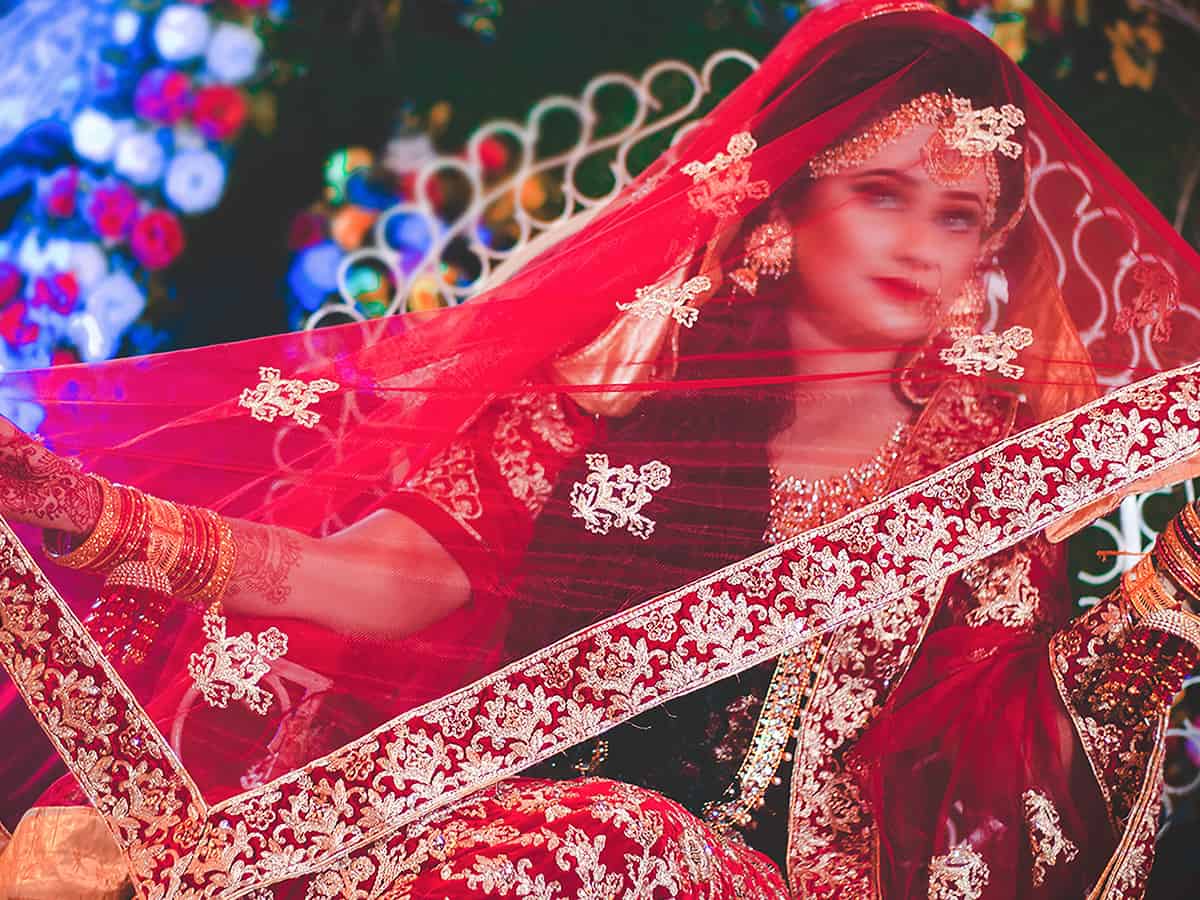
By Amatur Rahman
When looking for a potential spouse, who should disclose the biodata (Ismnavesi/Naam Navesi) first? The boy’s side or the girl’s?
If a divorced woman (through khula or talaq) is seeking a proposal and has kids (1, 2 or more), then what shall she do? In most cases, she has to leave her child/children behind with her parents. Is it not cruelty to the woman, as well as her kids? But that is what society demands and that is what is happening.
After leaving her child/children at her mother’s place would the young woman be able to give all her abilities to the new man or the new home?
The next question that comes to mind is, who has decided that the fair is beautiful, especially in a country like India where a large variety of colours is the norm?
Also, why are tall girls preferred over girls with an average height?
It is common to notice in matrimonial as well as in personal experience that people who desire a bahu (daughter-in-law) wish for her to have ‘sharp’ features? How does it matter? What does the future hold for girls who do not possess these desired ‘sharp’ features?
Last but not least is the dowry or jode ki rakham and the paraphernalia that goes with it. The parents of a girl belonging to a poor background should save at least 5 to 10 lakh rupees for her wedding. With this pressure from society, parents wish for no more than one daughter.
My heart breaks as I see parents struggling to meet the demands of people who are critical of the appearance of their future daughter-in-law and the bagful of money and gahney (ornaments) she must bring along. I too have a young daughter and two sons, aged less than eight years.
I shudder to share this bit of information with my friends that some mothers are trying to alter the features of their young innocent daughters to suit the ‘market’ demand. Attempts to make girls ‘attractive’ to suitors has become a common practice. First on the list is colour, hair and then the body shape. Why are we attempting to interfere with nature? For what, for whom?
Some mothers declare that their daughters are “fair”, though the girls are not. “We will ‘manage’ when the family of suitors would come to see the girls,” they believe. That more often than not leave the girl shattered psychologically.
We, the mothers of this generation, must change our own outlook on matchmaking. Let us speak the truth and stand by it.
Let us challenge the mothers of the boys for whom the girls are being sought. Let us face those mothers who suffer from outdated thoughts about how the girl should look, behave and bring in how much dowry.
Let the apprehensions and restlessness of what would happen if there are no rishtas after the girl completes her graduation not alter our mindset. There is no set age for a girl to get married. Let us equip her with the required amount of education and skills to face the world on her own terms.
A majority of people find their match when the right time arrives. What is more important now is to change the game rules which are turning nastier.
Amatur Rahman is a research scholar with Maulana Azad National Urdu University.



